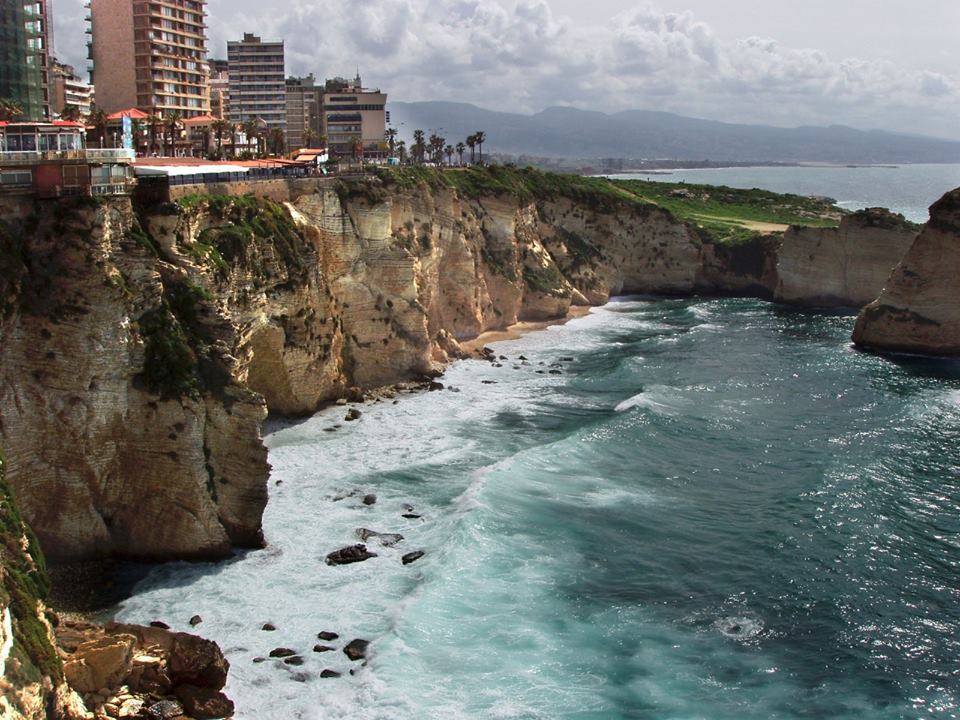The New York Herald Tribune, April, 30, 1964.

BEIRUT — Lebanon is as old as time and as new as tomorrow, and its face is constantly changing. This narrow strip of the eastern Mediterranean seaboard, which lies between Syria and Israel, has been an important trading center ever since the days when it was a stop on the spice route.
Beirut, its capital, is the seething communications hub of the Middle East, where planes from every point on the globe touch down, linking four continents. The city is an anachronism in which fast-paced sophistication, and slothful, time-worn customs are crazily juxtaposed.
In the old quarter men sit all day long in obscure cafes, playing cards and puffing at their water-pipes, and the bazaar teems with colors, smells, cries and milling throngs, as it has for centuries.
In the new quarter, wealthy tourists and international businessmen lounge on the terraces and swim in the pools of luxury hotels and shop for Paris fashions hot off the plane. They bargain for Oriental art objects such as jade, porcelain, ivories, antique screens and rugs in a street which is lined with shops exclusively devoted to the sale of exotic wares.
Ravishing silks and woolens from the best European sources are displayed in other shop windows; these destined to be made up into Paris copies by clever Lebanese tailors and dressmakers. To tempt one even more to buy, all items are attractively priced, because of Lebanon’s low import taxes.
There is a restaurant in Beirut which caters to every taste, be it French, Italian, Spanish, Hungarian, Turkish, Indian, Chinese or American.
For fun and games in an elegant setting, there is the casino, a handsome complex situated ten miles from the city overlooking the Bay of Jounieh, where one may dine, attend a movie or a concert, stay on for dancing at the nightclub, and finish the evening with a turn in the gaming rooms until the sun comes up over the Lebanon mountains. –